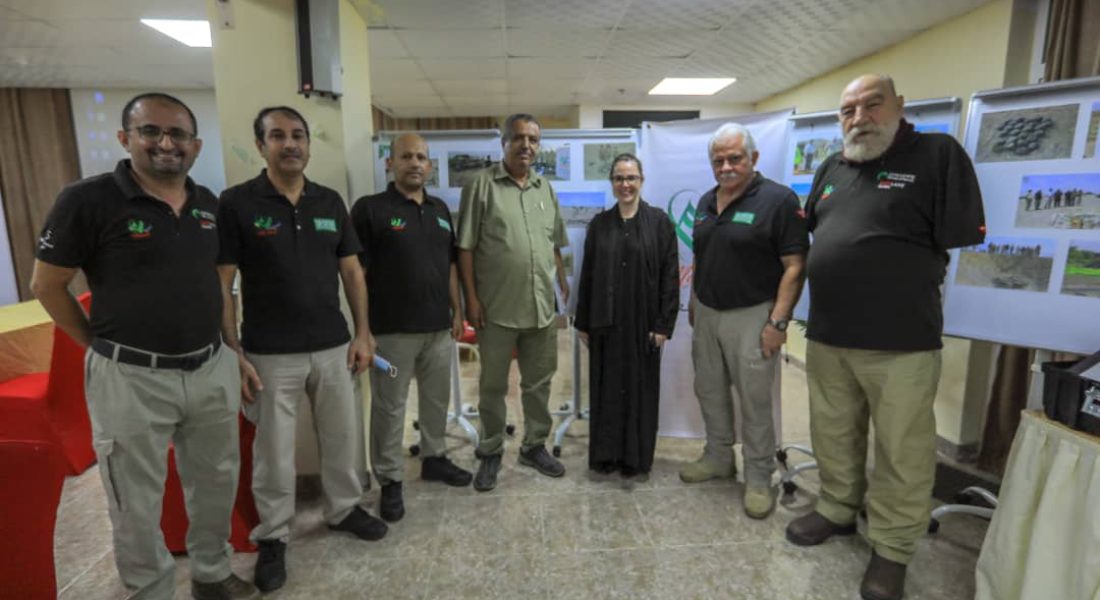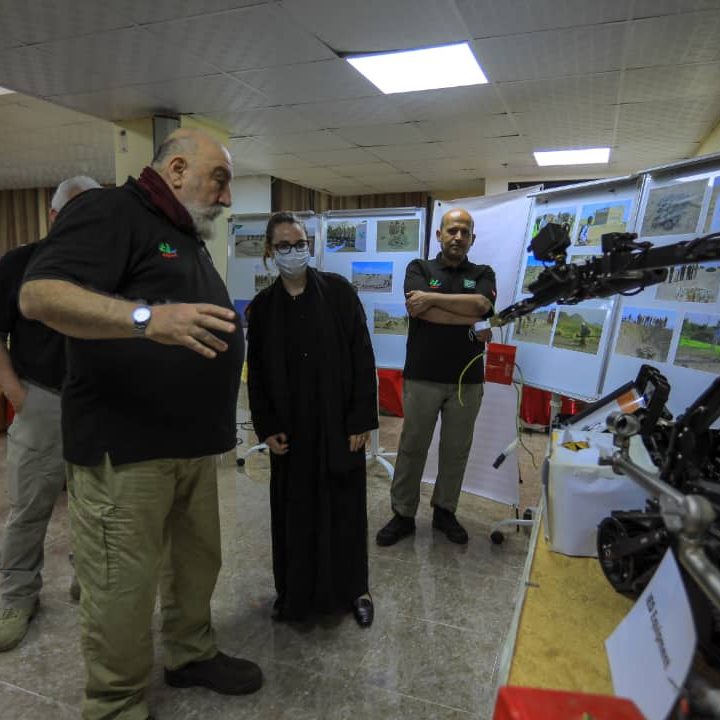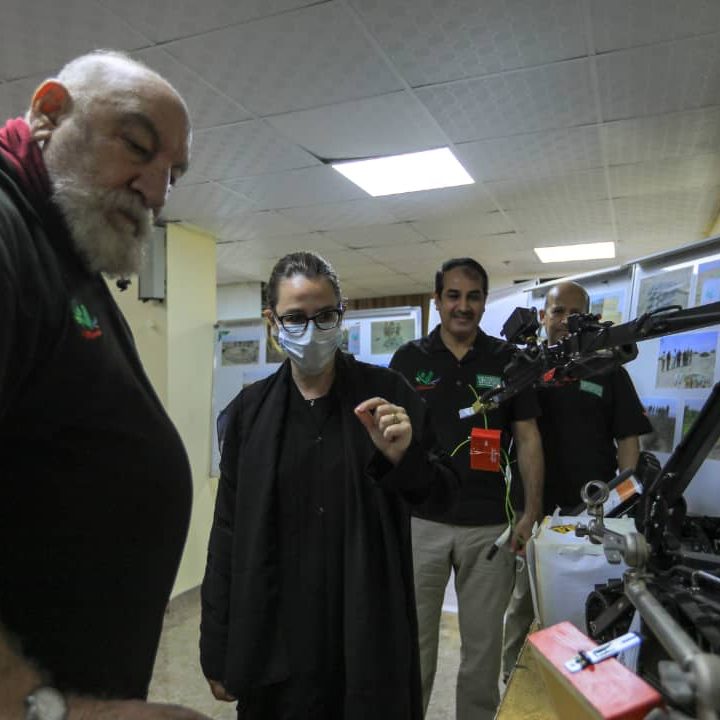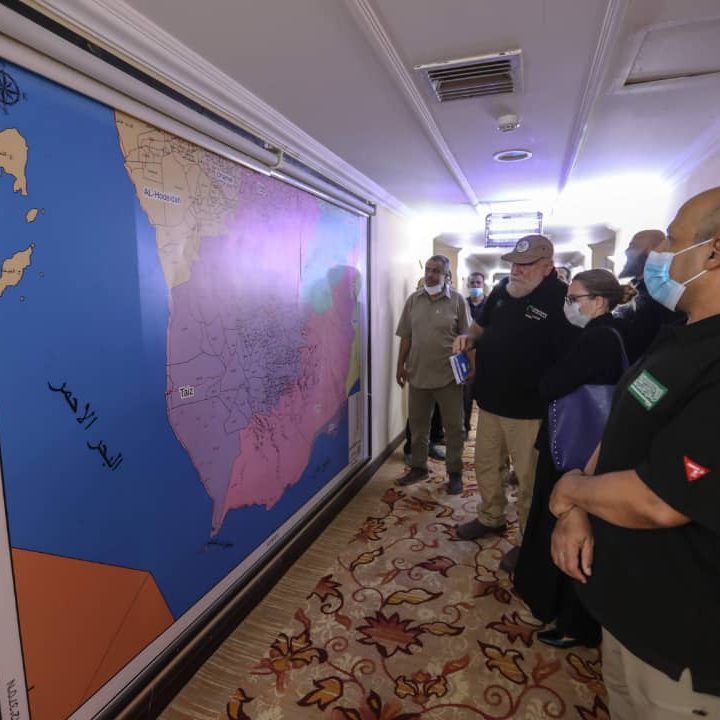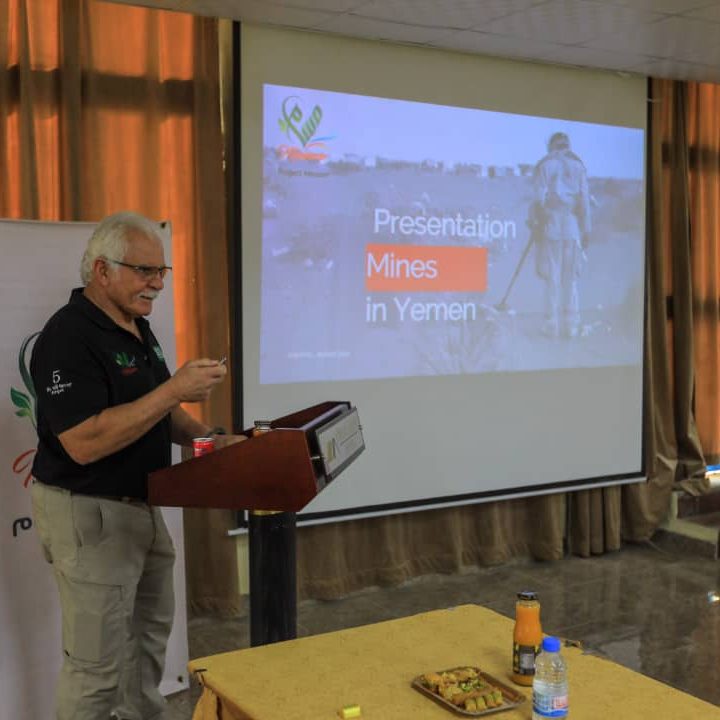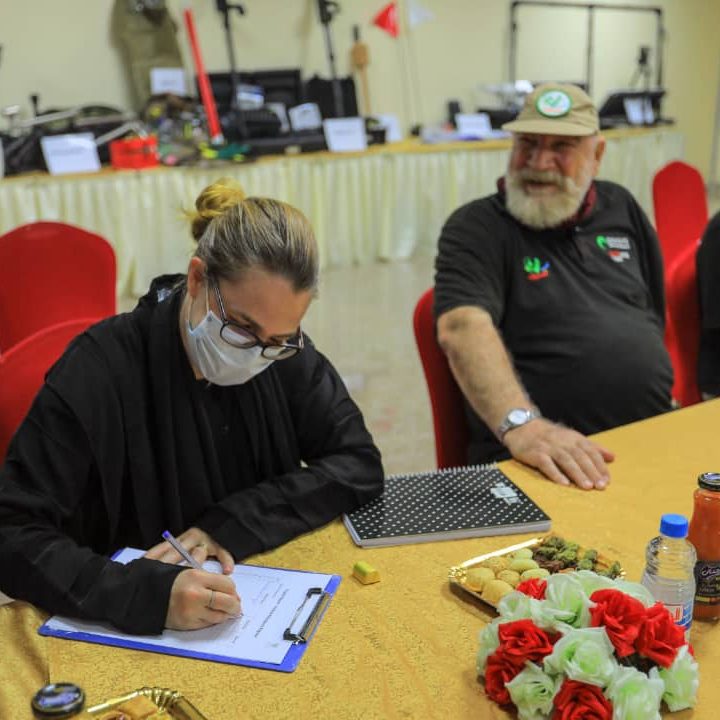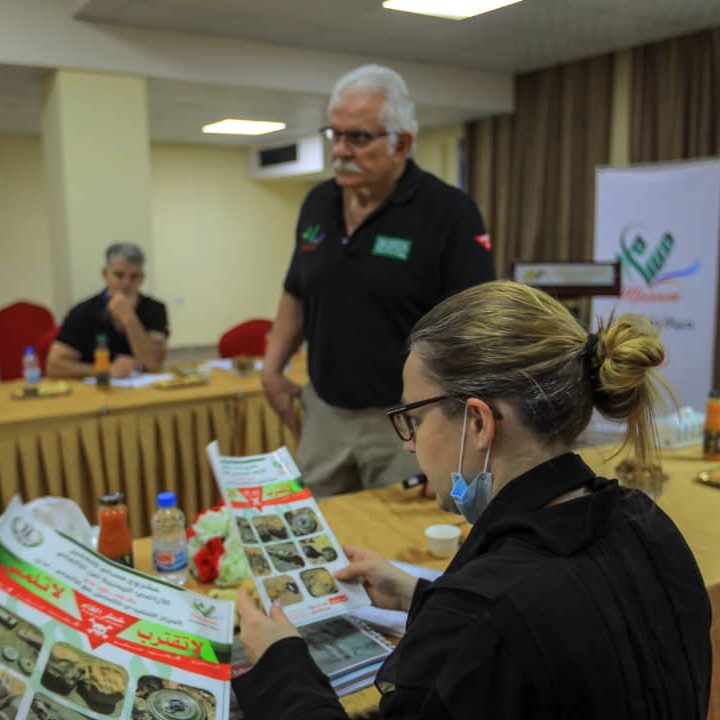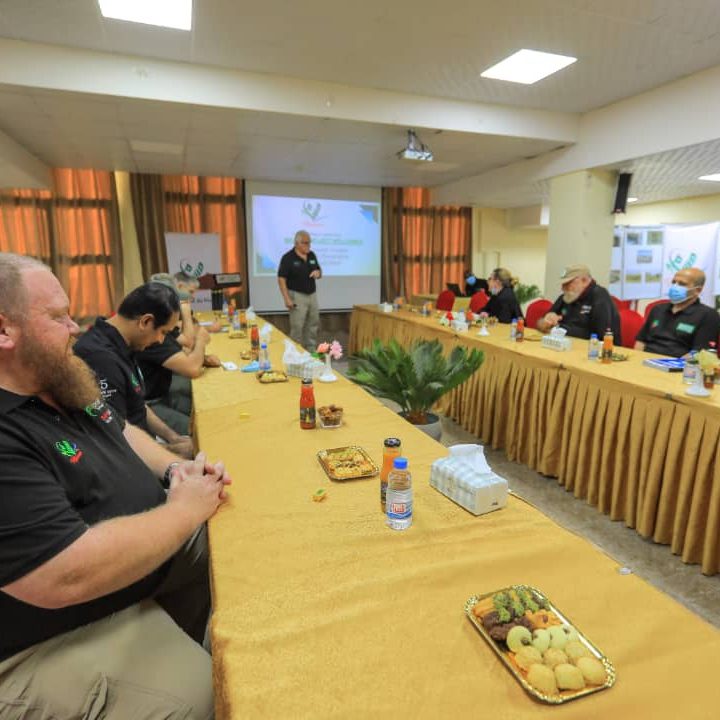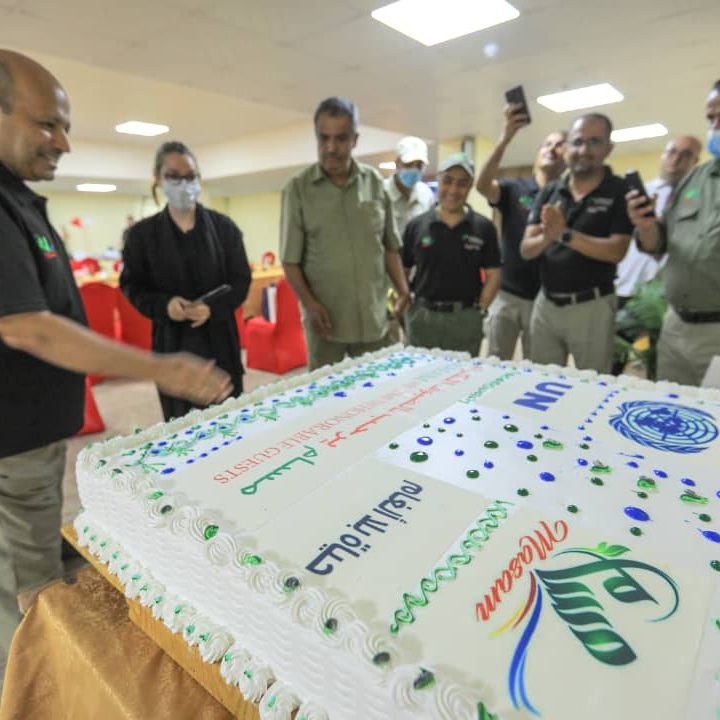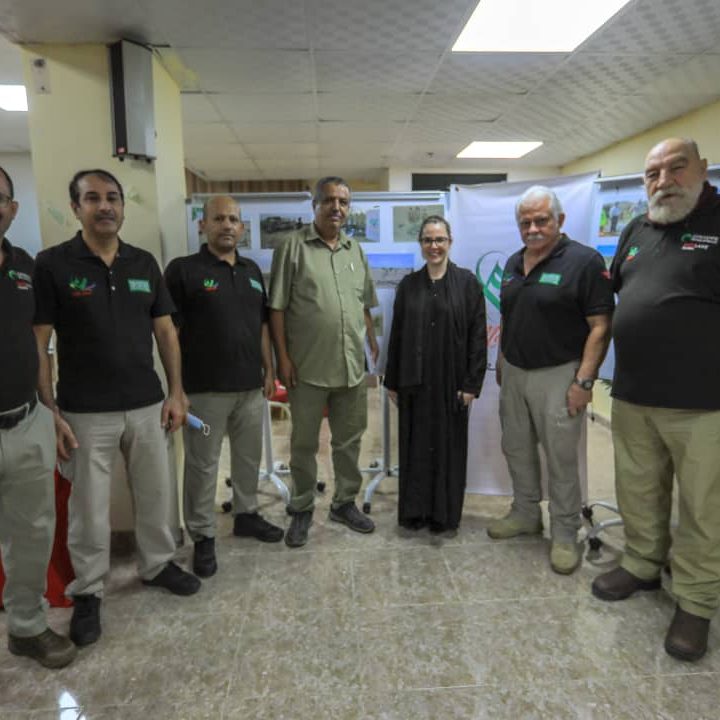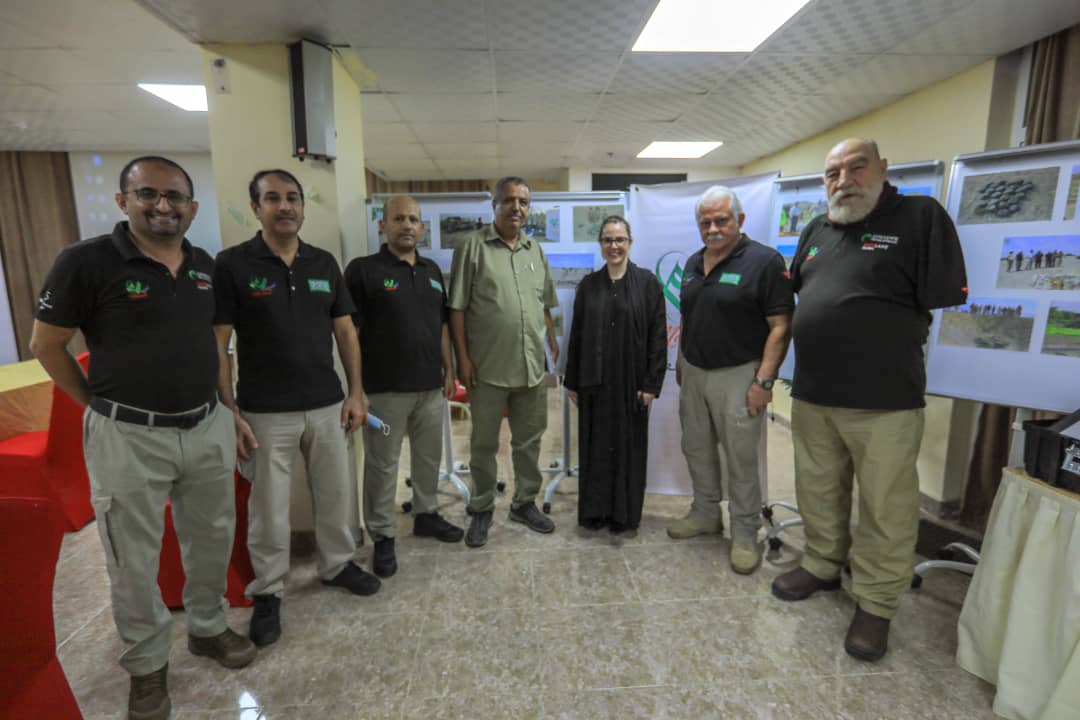
On 22 August, Project Masam welcomed Marie-Louise Tougas, an International Human Rights Law expert and member of the United Nations Security Council Panel of Eminent Experts on Yemen.
Given the sheer scope and number of the violations occurring in Yemen in the past seven years since the conflict started, the UN Group of Experts said it is prioritising the examination of various categories of violations and incidents according to their gravity, intensity and significance. The group’s last report was published in January 2021.
As part of her research in Aden, Mocha and Khokha for the Group of Experts’ new report to be provided to the UN Security Council Committee later this year, Mrs Tougas met with Project Masam experts at the Coral Hotel Aden.
Mrs Tougas met several Project Masam Senior technical members including Dr. Zauba Alrawi, Masam Aden Operations Officer, Project Manager Gus Maartens, Assistant General Director Qasim Al Dosari, Medical Team Member Marius Badenhorst and Armo Hovhannisyan, the Masam Technical Advisor. Major General Qaid Haitham Halboulb, the Yemen Executive Mine Action Centre (YEMAC)’s Aden Executive Director also participated in the high-level meeting.
During a presentation and Q&A session, the experts provided information and evidence of how locally-manufactured landmines cleared in Yemen are today more complex and sophisticated than those previously cleared, and provided information of districts where landmines were retrieved close to civilian establishments, the impact of these landmines on civilians, livestock and livelihoods, and landmines provenance.
(Q) Have anti-lift devices for AT mines only been recently used?
A: They have been used in the past – since Masam started its project in Yemen – however they are now been used more frequently and more widely. (More information here)
(Q) The improvised pressure plate, are the parts that are used to manufacture available locally or are they imported?
A: The materials are available locally however it would be imagined that the materials to make the parts could be imported. 85 per cent of all landmines removed have been locally manufactured.
(Q) Does Masam have statistics of sea mines found and to what extent?
Masam does not keep records on sea mines but are aware of mines been found in the past and all statistics are held by YEMAC.
(Q) Does MASAM have examples/ or specific patterned minefields including the use of sea mines?
YEMAC and Masam keep records of all clearance activities conducted that contain landmines/IEDs/sea mines. As far as our knowledge goes, landmines currently laid across Yemen are not laid in a specific pattern.
(Q) Are all the mines laid by the Houthi forces or do you have further information on other entities that have laid mines?
All mines that have been encountered have the resemblance of the Tactics/Techniques/Procedures (TTP) of Houthi forces-laid type mines. The type of mines and IEDS encountered also point to the Houthi forces. Landmines have been found in: fishing spots, roads and road verges, agricultural terrain, farms/livestock, villages, markets, military installations and water installations (wells and reservoirs).
(Q) When mines and UXOs are reported by local nationals, do you keep a record of this?
Yes all the information is recorded by YEMAC whom then shares this information with MASAM.
A display of Technical Manual Mine Clearance (MMC)/Improvised Explosive Device (IED) equipment was displayed and available to be viewed by the visitor which in turn created a great point of interest to her as many of the equipment used was unknown to her.
For the occasion, Coordinator Ahmed Bakheet presented a 1meter x 1meter chocolate cake to be shared by the UN delegate and staff.
Since it first entered Yemen in mid-2018, Project Masam has located and destroyed 269,923 explosive devices, effectively clearing 25,647,381sqm of Yemeni liberated land. These include 4,026 anti-personnel mines, 87,438 anti-tank mines, 6,084 improvised explosive devices (IEDs) and 172,375 unexploded ordnance (UXO), as at 20 August 2021.

